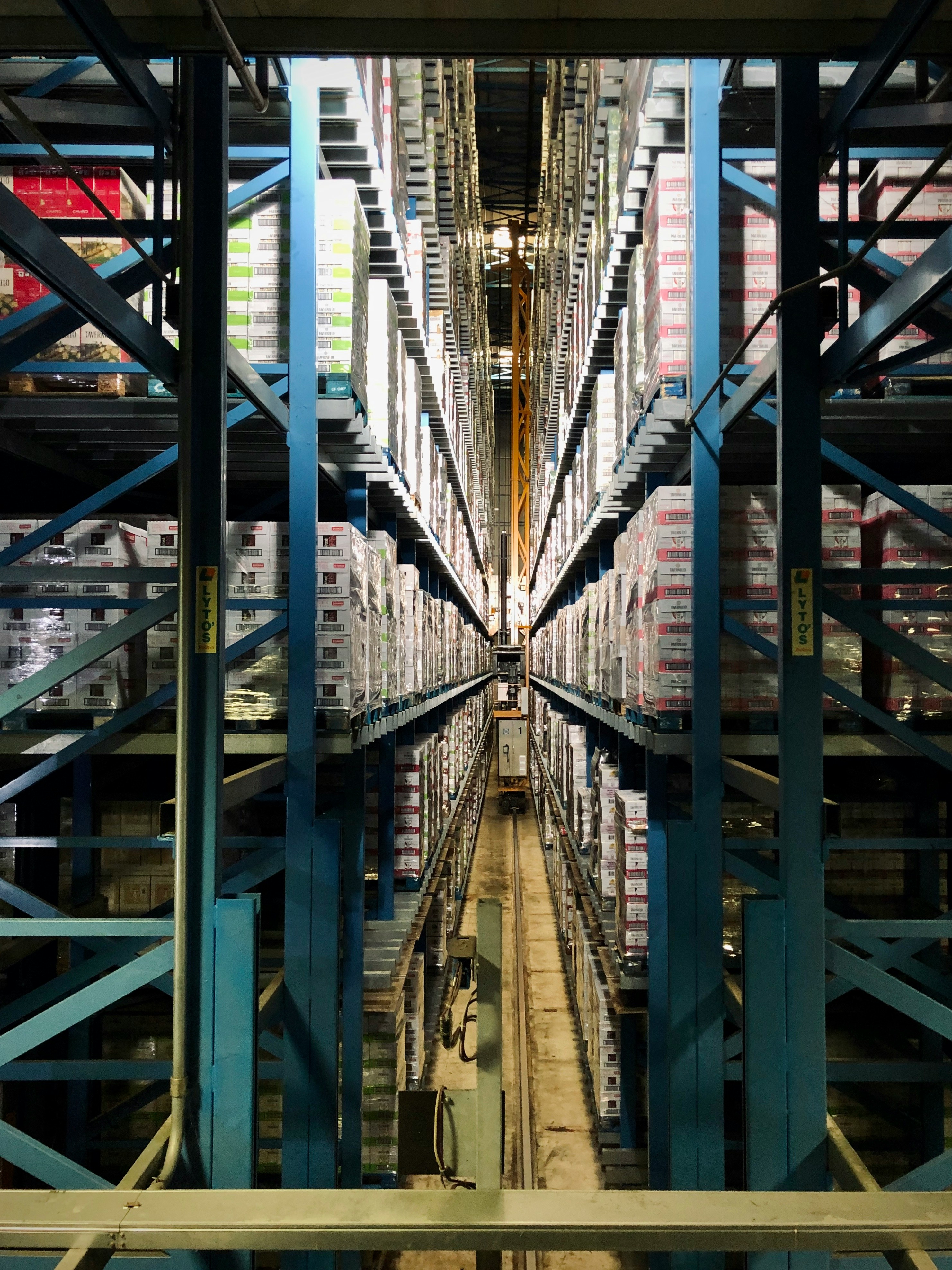The global supply chain management market is projected to witness significant growth over the next few years. This can be attributed to the increasing adoption of supply chain management software due to the need for improved supply chain visibility, especially in the wake of COVID-19 disruptions. The software aids in the strategic alignment of supply chain strategies with business objectives, which is encouraging companies across various sectors to adopt supply chain management software.
Moreover, advancements in technologies such as Artificial Intelligence (AI), Machine Learning (ML), and big data analytics are reshaping the supply chain industry. These technologies are aiding in predictive analytics, real-time monitoring, and providing end-to-end visibility of supply chains. AI in supply chain management is expected to grow at a compound annual growth rate (CAGR) of 45.3% from 2021 to 2028, indicating a high demand for AI-powered supply chain solutions.
Also, the increasing emphasis on sustainability and the need for green supply chains are contributing to the growth of the market. Many businesses are focusing on creating sustainable supply chains to reduce their carbon footprint, comply with regulatory requirements, and improve their brand image. This is fueling the demand for sustainable supply chain services. Overall, the supply chain management market is poised for substantial growth due to the increasing need for efficient supply chain processes, technological advancements, and the growing emphasis on sustainability.
Digital supply chain capabilities that can provide better insights into the functions of each stakeholder along the chain and enable each participant to make better decisions about material sourcing and customer demand.
- Digital Supply Chain Management: With the rise of digital technologies, there is a growing opportunity for businesses that offer digital supply chain solutions. These solutions can provide real-time visibility into the supply chain, enhance collaboration between stakeholders, and improve decision-making.
- Sustainable Supply Chain Services: As businesses strive to become more environmentally friendly, there is an increasing demand for services that help them create and manage sustainable supply chains. These services may include helping businesses source sustainable materials, reduce waste, or calculate their carbon footprint.
- Supply Chain Analytics: With the massive amount of data generated by supply chains, there is a growing opportunity for businesses that offer supply chain analytics services. These services can help businesses make sense of their data, identify inefficiencies in their supply chains, and make data-driven decisions.
- Blockchain in Supply Chain: Blockchain technology can bring transparency and traceability to the supply chain, making it easier to verify the authenticity of products and track them from source to consumer. This presents a significant opportunity for businesses that can implement and manage blockchain technology in the supply chain.
- AI in Supply Chain: AI can be used to predict demand, optimize logistics, and automate various supply chain processes. This presents an opportunity for businesses that can develop and implement AI solutions in the supply chain.
- Supply Chain Consulting: As supply chains become more complex, there is a growing need for expert advice on how to manage them effectively. This presents an opportunity for businesses that offer supply chain consulting services.
- Supply Chain Training and Education: With the rapid evolution of supply chain practices, there is a need for ongoing education and training. Businesses that can provide this training stand to benefit.
- Risk Management in Supply Chain: With increasing disruptions in supply chains due to factors like climate change and geopolitical issues, there is a growing need for services that help businesses manage these risks. This presents an opportunity for businesses that can offer risk management solutions for supply chains.
